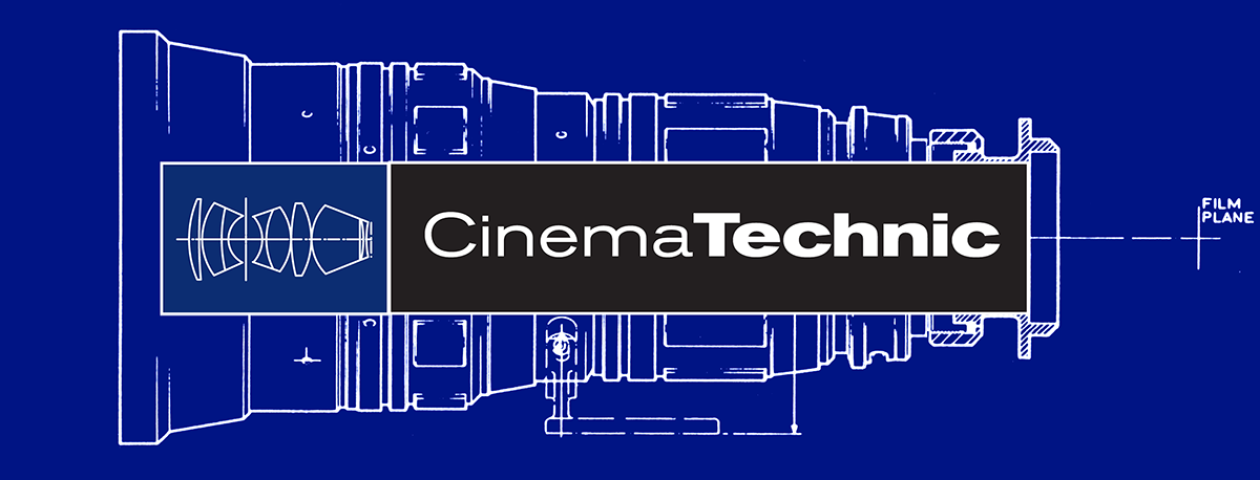Resolution of Super 16mm film
Although I have not yet been able to conduct my planed very critical Super 16mm resolution test, I am confident that we can reach certain resonable conclusions based on knowlege of lens performance and published MTF data for available film emulsions. Based on this information I can state confidently: The image resolution of a Super 16mm film negative, using available prime lenses will be at least equal to the maximum possible resolution of uncompressed 1080p HD video. No fixed-pixel HD camera can achieve this resolution due to the effect of the optical low pass filter. Read on for the reasoning behind this:
Below is a graph showing the results of my intitial research. This shows the response for the film only, using the EI 50 7245. The new EI 100 7212 has a similar MTF curve, and is the sharpest of the new Vision 2 films.
This MTF curve will need to be modified by combining the response of the lens with the response of the film. However, it is safe to assume the following: The chart below accurately shows the MTF performance of the film itself, using an ideal “perfect” lens (which obviously does not exist). In any case, lenses of equal performace exist for Super 16mm, 35mm and HD, so the comparison between the raw film respones and the CCD response is valid, since it is impossible to produce an image without a lens. The 35% MTF at 872 TVL/ph resolution spec is from Sony’s published specs for their CineAlta camera (it is not clear from the Sony publication if the response is including a lens or not, but we are assuming it is the raw CCD response).
The best cine prime lenses in use today have MTF response of over 95%, at 10 lp/mm, and 80% at 40 lp/mm. Multiplying the lens MTF by the film MTF gives you the system response.
Lens @80% x Film @80% = 64% MTF system response at 40 lp/mm = 1020 horizonal pixels at 64% MTF
Lens @59%* x Film @59% = 35% MTF system response at 80 lp/mm = 1912 horizonal pixels at 35% MTF
*Lens response is estimated here because we do not have MTF data for 80 lp/mm.
However, because all fixed-pixel based CCD/CMOS imaging systems must use an optical low pass filter to avoid moire and other digital artifacts, response at the pixel pitch must equal zero so that no image detail above the pixel pitch (Nyquist frequency) will reach the CCD. In other words, all HD cameras that do not over sample the image (ARRI D20, Dalsa), will have an MTF response of ZERO at maximum resolution (1280 horizontal for Varicam, 1920 horizontal for CineAlta).
If the film has ANY response at the equivalent spatial frequency it has more resolution than the equivalent digital camera.
 Looking at the above graph, the vertical axis is the response in MTF percent, the horizontal axis is spatial frequency in TV Lines per picture height. Because the film actually reproduces low frequency image detail with more contrast than the original, part of the graph is above 100%.
Looking at the above graph, the vertical axis is the response in MTF percent, the horizontal axis is spatial frequency in TV Lines per picture height. Because the film actually reproduces low frequency image detail with more contrast than the original, part of the graph is above 100%.
Note the first vertical dashed line (counting from left to right). This represents the 872 TVL/ph resolution limit of the HDCAM recording medium. At this frequency the HDVS system would have an MTF of 35%. This results in an 872 x 1550 line maximum resolution. Since it is a progressive scan format, HDVS has the same spatial resolution in both the vertical and horizontal axis. Note how high the response of Super 16mm film still is at 872 TVL/ph, an average of about 70% for the blue and green layers combined.
When the response of Super 16mm film (not including lens MTF response) falls to 35%, we are at approximately 1400 TVL/ph resolution. This results in a 1400 x 2490 line maximum resolution.
As a comparison, standard definition NTSC digital video has a horizontal resolution equivalent to 540 TVL/ph, but this is not as good as it seems because the aspect ratio is only 4:3, and the format is interlaced, so maximum resoultion for 480i digital NTSC is about 330 x 720. The interlacing reduces the effective vertical resolution 30% from 480 (theoretical) to about 330 (actual). For progessive scan 480p, the resolution would be 480 x 720.
In the future, I plan to examine the film negative under a microscope to see what the maximum resolution of the film negative is. We also plan to do an HDTV telecine transfer to see how much of that resolution can be captured by HDTV. We do know, however, that resolution of the Super 16 film negative far exceeds that of the NTSC digital video system.
**NOTE: Although Carl Zeiss does not publish MTF graphs for their cine lenses, they do publish this data for still camera lenses with similar optical designs, made from the same glass and using the same coatintgs. I base my estimation of the cine lens MTF response based on this.

